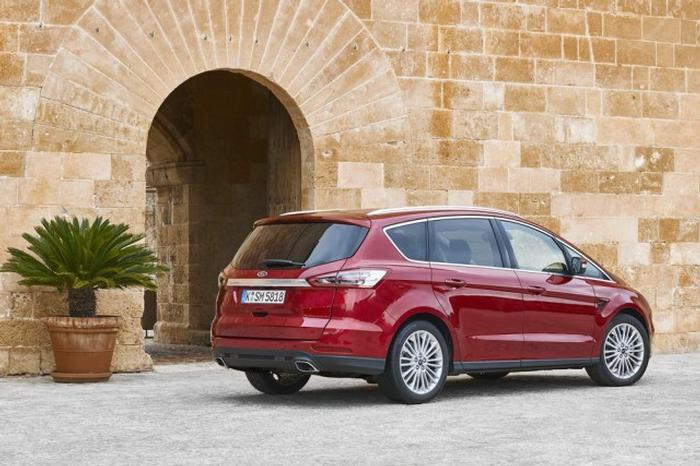2015 - 2023 Ford S-Max MPV Review

The Ford S-Max is no more, but it makes for a great used people carrier.
Review
What’s it like?
Ford’s S-Max is the people carrier for those who want to exude a bit of style. While the American company made the larger Galaxy multi-purpose vehicle (MPV) alongside the S-Max, it was the latter car which had the more attractive styling – and a sportier chassis to match. Sold exclusively as a five-door, seven-seat MPV, the S-Max might be practical, but it has an extra layer of appeal when compared to many of its strait-laced rivals.
Of which, the main alternatives are the Volkswagen Touran, the Renault Grand Scenic, the Mk1 Peugeot 5008 (made from 2009 until 2016) and, one of the best MPVs of its type, the Citroen Grand C4 Picasso – later rebadged the Grand C4 Spacetourer. Larger MPVs such as the SEAT Alhambra will be more practical, if not as interesting to drive, but the advent of seven-seat SUVs slowly killed off various MPVs throughout the 2010s, so there are fewer rivals for the S-Max Mk2 than there might once have been for its Mk1 predecessor.
Which model to go for?
Ford sold the S-Max Mk2 with 1.5- and 2.0-litre petrol engines, as well as various iterations of a 2.0-litre turbodiesel, badged either TDCi or, in later years, EcoBlue. However, due to the years the S-Max was on sale for when new, by far and away the most common engine you’ll encounter on the used market is the 2.0 TDCi with 150hp. There are both 120- and 180hp variations on this, but it’s the middle-spec 150hp that the vast majority of new S-Max buyers went for.
Later in its life, Ford read the room and realised that many buyers were shying away from diesels, as the backlash over emissions scandals bit, and so the S-Max was fitted with a 2.5-litre petrol-electric 190hp drivetrain, simply called the S-Max Hybrid. These are rare in Ireland, as they only arrived in 2021, but the drivetrain is smooth and reasonably economical at 6.4 litres/100km officially, albeit the Hybrid is fitted with a continuously variable transmission (CVT) – an unusual type of automatic gearbox that can make the way the car accelerates and decelerates feel odd. You’d need to try it yourself to decide whether it’s for you or not.
All S-Max models in Ireland are front-wheel drive. The vast majority here will also have manual gearboxes, these being six-speed units, but a handful of cars are likely to be fitted with the automatic transmission, which is known as Powershift.
Ford sold the car here in Zetec, Titanium, ST-Line and Vignale specifications across its life, and even basic models have 17-inch alloy wheels, front fog lights, LED rear lights, SYNC infotainment, keyless push-button start, dual-zone air conditioning and Ford’s excellent Quickclear heated front windscreen.
Does anything go wrong?
There aren’t widely reported major issues with the S-Max specifically, although Ford did have quite a lot of highly publicised problems with the Powershift gearbox – so we’d advocate sticking with a manual for peace of mind. In terms of engines, as they are all turbocharged bar the Hybrid, then you need to check for excessive white or blue smoke on cold start-up, which is a sure sign the turbo is on the way out. Other than that, cosmetically these cars might be showing signs of wear and tear, as they tend to live tough lives as family transport – so watch for excessive scratching or damage on the top of the back bumper, where heavy things have been loaded in the boot over the years, and also check for badly kerbed alloy wheels.
There have been eight recalls on the second-gen S-Max over the years. These were for the adaptive LED headlights; the air conditioning clutch pulley plate; early 2.0 TDCi diesels potentially overheating; a battery acid leak; failure of the clutch pressure plate; a fault with the propellant used in the airbags; corrosion of bolts in the rear control arms of the suspension; and an issue with the telematics control unit.



